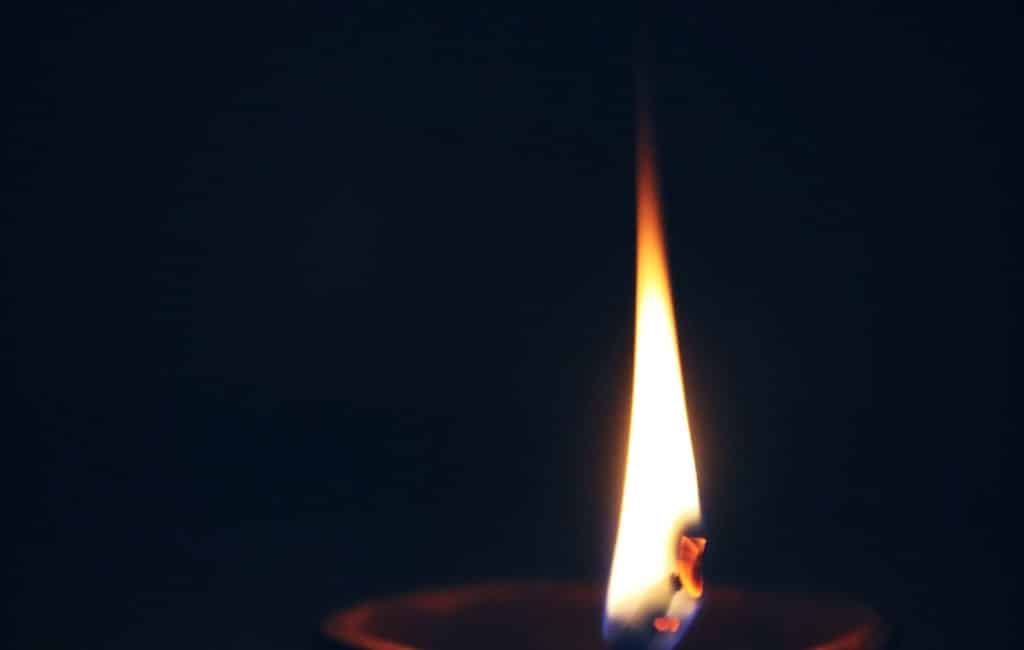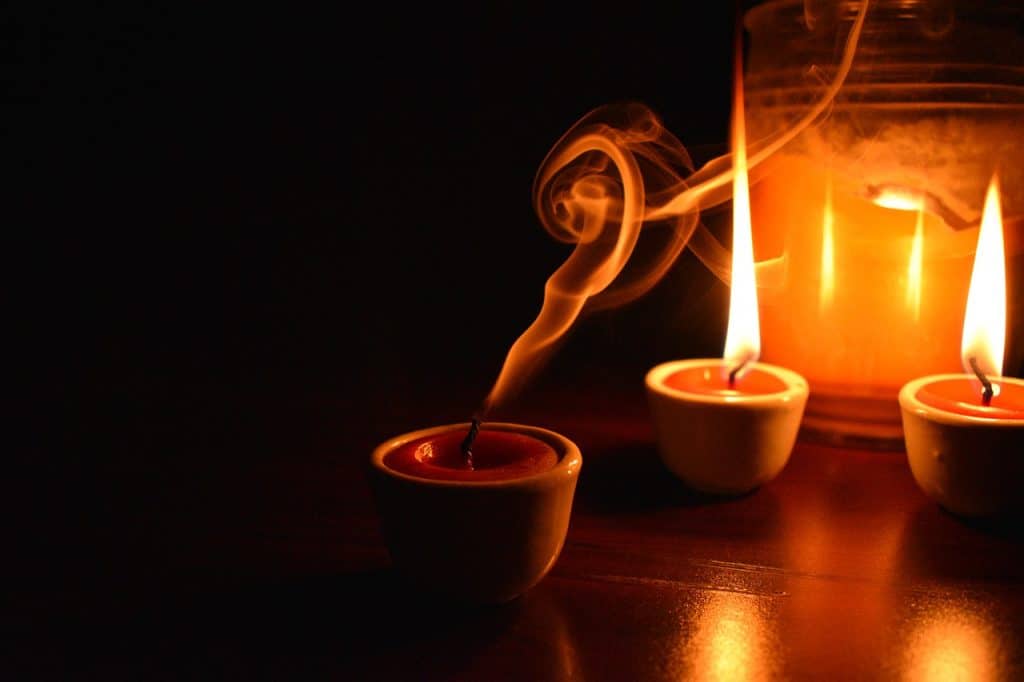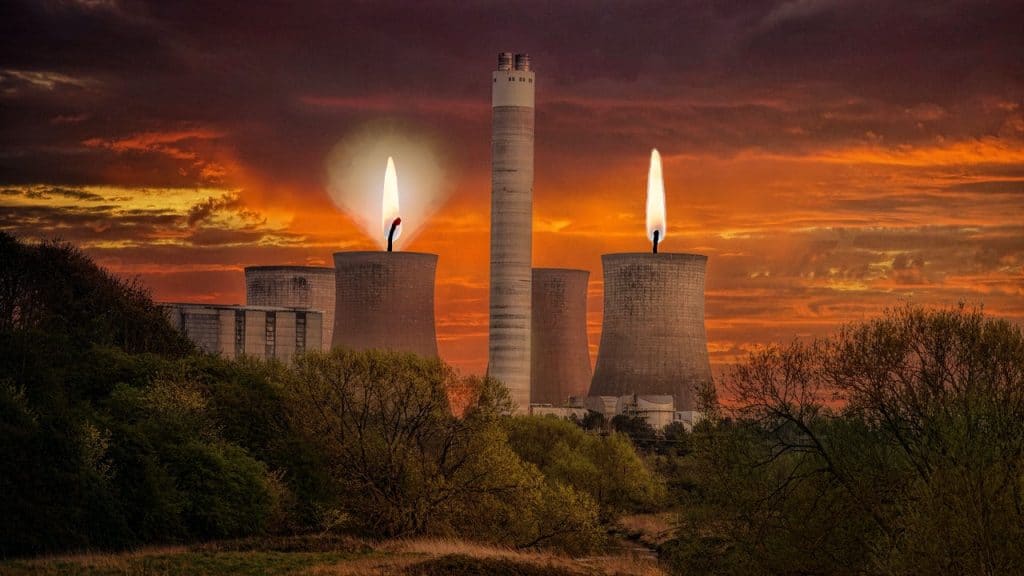Candles are unique items that were created thousands of years ago. They are very portable, easy to use and they have many uses. However, one of their most uses is their utilization in the provision of indoor illumination.
A lot of people have questions when it comes to candles. This is because the art of candle making is no longer as widespread as it used to be (although, they are making a comeback in a big way). One of the most common questions people now have about candles is: Where does the wax go when you burn a candle?

WHAT ARE CANDLES?
A candle is a very interesting household tool that has been used for thousands of years in order to provide indoor illumination. This is because candles can sustain a flame when they are lit. They are made of two different parts which are the candle wax and the candle wick.
The candle wax is the part of the candle that provides the fuel (i.e. it is the fuel source of the candle). This is because it is generally made from suitable materials that can support burning, such as tallow, paraffin wax, soy wax, beeswax and many others.
Tallow is one of the oldest sources of candle wax in the world. Tallow wax is usually made from boiled down fat, which is obtained from the carcasses of cows and other livestock. In some instance – and in certain parts of the world such as Ancient China and other eastern parts of the world – tallow wax is sometimes obtained from the boiling down of fat obtained from sharks and other fatty, aquatic mammals.
Tallow wax was very popular for quite a long time. However, it was relatively expensive (due to the nature of the materials used in making it). Therefore, only those who had the funds to spare could afford it on a regular basis.
Back then, chandlers (i.e. candle makers) used to go from house to house in order to make candles for the household; using leftover fat gotten from their kitchen (which was generally set aside for the purpose of candle making). During those periods in time, they (chandlers) used to learn their craft through apprenticeships under experienced candle makers. The art of candle making was a common vocation that was even considered a guild craft.

WHAT ARE THE DIFFERENT TYPES OF CANDLES?
There are many different types of candles, all of which can be categorized into different groups, based on certain attributes such as the following:
- Fragrance
Candles can also be grouped into categories based on the aroma or scent they emit when they burn (and even while they are unlit). Some types of candles emit aromas or fragrances during burning, and are called scented candles. Scented candles are the types of candles that typically contain fragrance or perfumes, which are typically added into them while they are in their melted, liquid forms (i.e. during the process of candle making).
The added cost of such fragrances and scents tend to make scented candles more expensive than unscented one (especially when they are also colored). However, scented candles are rather popular, particularly in recent years. This is because of the increased interest of people in the field of aromatherapy (aromatherapy is a field that uses scents obtained from natural plant-based sources in order to aid relaxation and stress relief. It also improves the treatment of those undergoing procedures such as anger management). Scented candles are very important tools in the area of aromatherapy. However, some people may be sensitive to the fragrance of scented candles, particularly when it comes off very strongly.
Candles that do not emit scents during burning are generally known as unscented candles (especially in instances whereby no external fragrances are added to them). However, t should be noted that there are some types of candle waxes that tend to give off natural aromas of their own (e.g. beeswax candles and tallow candles).
- Color
On the basis of colors, candles can be categorized as either colored or colorless (or white) candles. White candles are, by far, the most popular types of candles in the world. This is because they are usually a lot easier to make – and relative cheaper – compared to other types of candles (i.e. colored candles). This is because the formation of colored candles involves the addition of suitable dyes, which are required in the right type, concentration and quantity (the type of dyes used in the production of colored candles usually depend on the desired color of the candle to be formed e.g. blue, green, red and so on).
However, although white candles do not require dyes, they sometimes require bleach. This is because some types of materials used in making candle candles have their own natural colors, which must be bleached to away in order to form white candles (waxes such as tallow and beeswax tend to have their own color, which is typically some form of yellow and these types of candles are sometimes bleached in order to form white candles). It must be noted that the type of bleach used may sometimes affect the ability of the candle to burn properly (or how fast the candle may burn). Similarly, the type of dyes used in making colored candles may have similar impacts.
WHERE DOES THE WAX GO WHEN YOU BURN A CANDLE?
One of the most popular – yet thought provoking – questions people ask in relation to candles is: Where does the wax go when you burn a candle?
It is easy to visualize the image of melted liquid candle wax dripping down the sides of a burning candle and into a candle holder. However, does all the wax really end up this way?
Well, scientists say that a large percentage of candle wax actually evaporate in the form of gases such as water vapor and carbon dioxide. As for the wick, it is usually designed to disintegrate during the process of candle burning.




